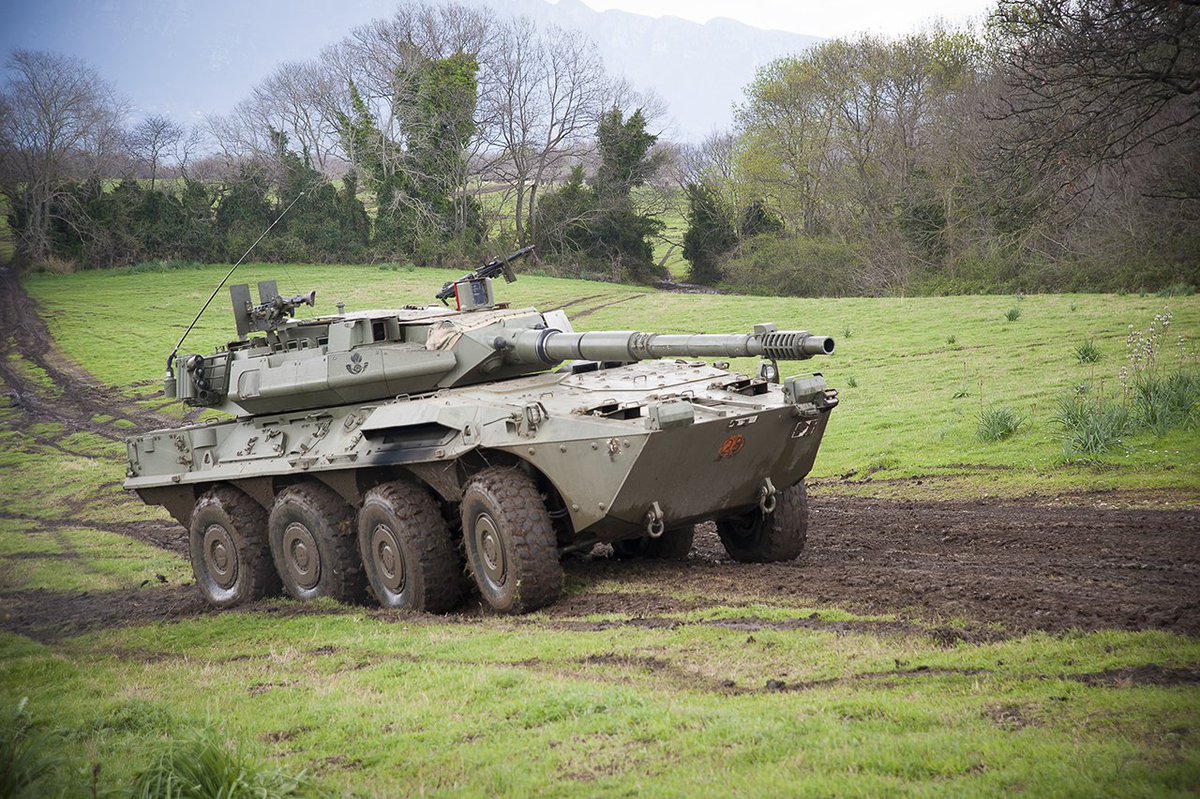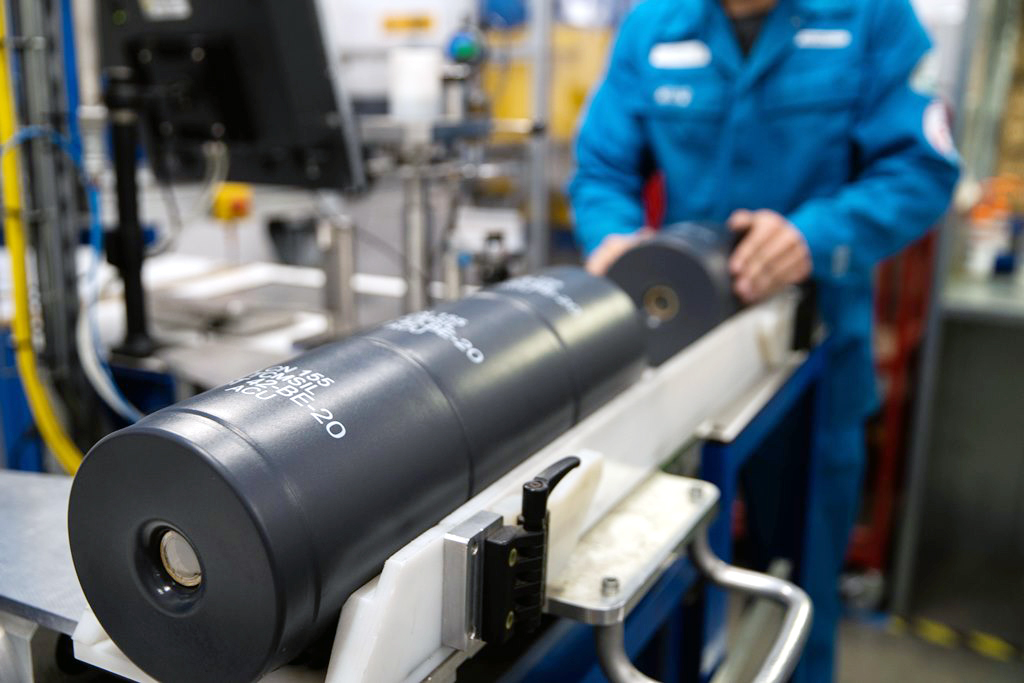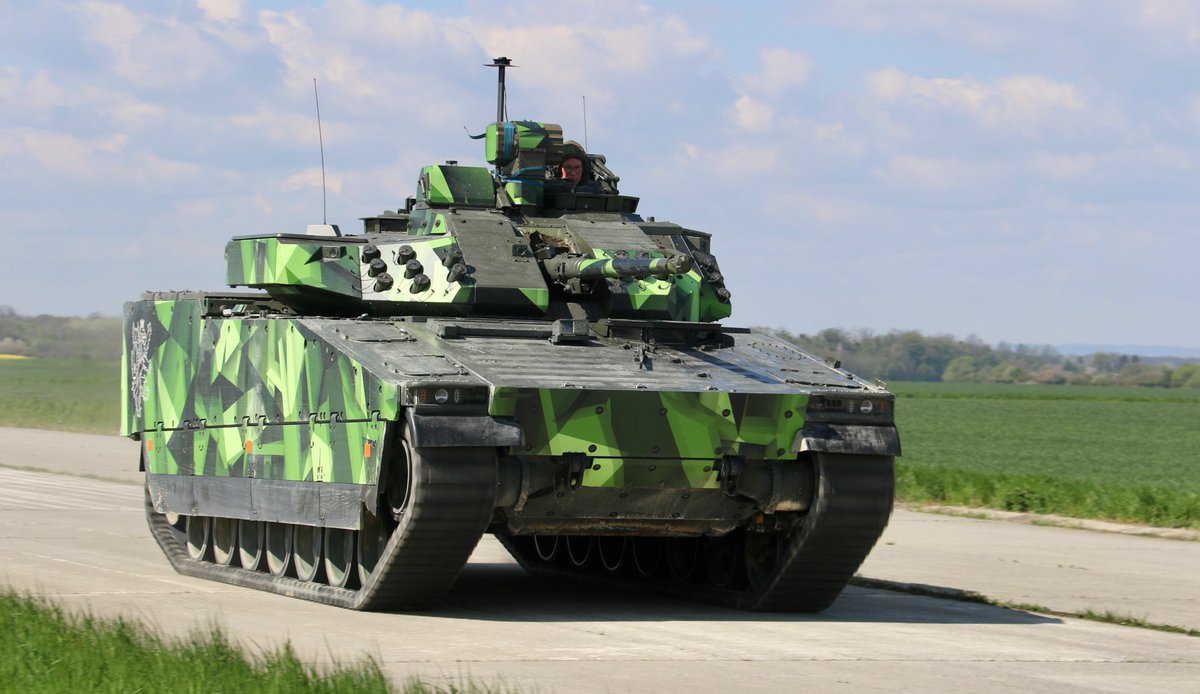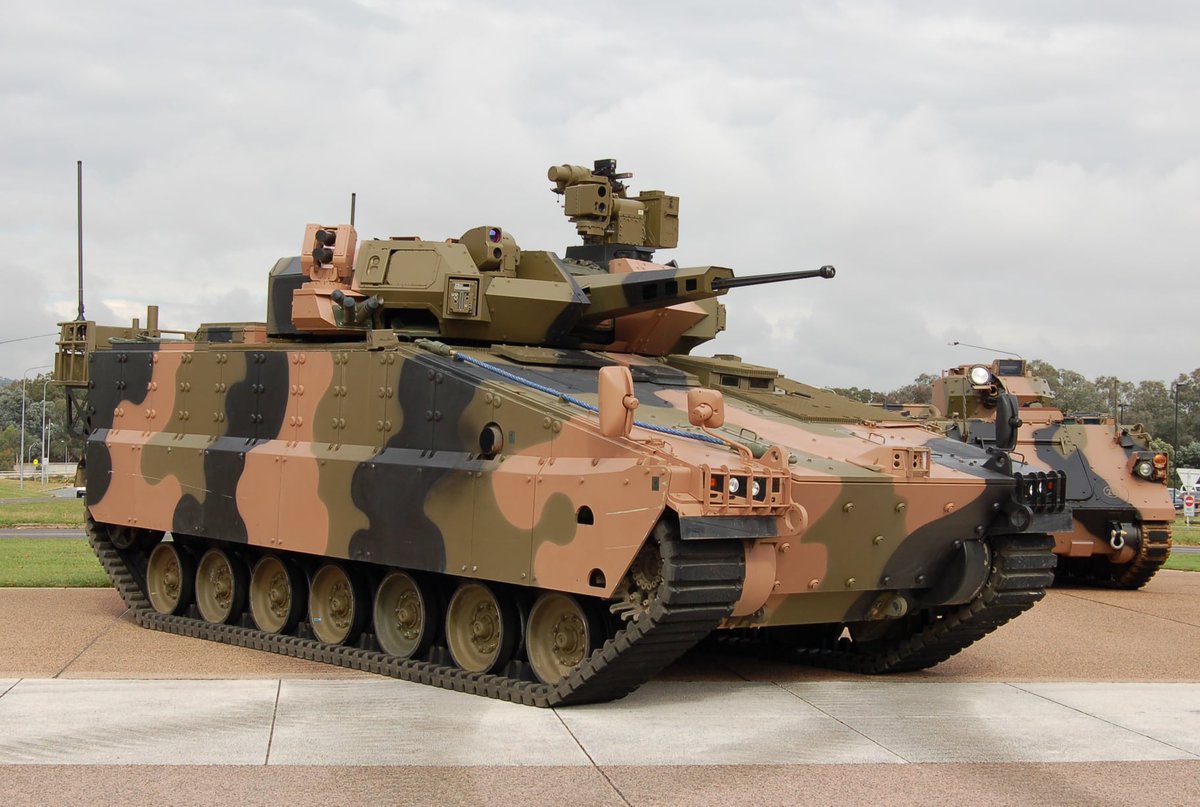
A few hours ago I did a thread about tank ammo.
There were some questions and suggestions in the comments. Therefore I will do now a shortish "PS" thread to my earlier tank thread 🧵:
1/12
There were some questions and suggestions in the comments. Therefore I will do now a shortish "PS" thread to my earlier tank thread 🧵:
1/12

If you have not yet read my earlier thread - I suggest you do so now, before continuing with this thread.
2/n
2/n
https://twitter.com/noclador/status/1625871983601754112
Yes, besides HESH, HEAT, APFSDS other tank rounds exist: like smoke, High Explosive Anti-Personnel, High Explosive Obstacle Breaching, Cannister, etc.
Cannister (shown in the video) turns the tank into a giant shotgun that shreds infantry that came too close to the tank.
3/n
Cannister (shown in the video) turns the tank into a giant shotgun that shreds infantry that came too close to the tank.
3/n
Most of these rounds are being replaced by Advanced Multi Purpose rounds, which combine HEAT, Obstacle Breaching, and Anti-Personnel capabilities in one programmable round.
With the American M1147 AMP in this video being the most efficient and deadly of these new rounds.
4/n
With the American M1147 AMP in this video being the most efficient and deadly of these new rounds.
4/n
Modern tank rounds consist of a propellant filled cartridge with a central primer flash tube that ignites the propellant. The projectile sits on top of the cartridge (with the fins of some projectiles embedded in the propellant).
It's in principle a giant bullet.
5/n
It's in principle a giant bullet.
5/n

Leopard 1 and compatible 105mm rifled guns use a metal cartridge that is automatically ejected after firing.
This is the same cartridge/projectile combination as in NATO 105mm howitzers like the L119 or M119.
6/n
This is the same cartridge/projectile combination as in NATO 105mm howitzers like the L119 or M119.
6/n
120mm smoothbore rounds use a combustible cartridge case made from cellulose, nitrocellulose and resins.
After firing only the metal base case with the primer flash tube remains and is ejected from the gun.
7/n

After firing only the metal base case with the primer flash tube remains and is ejected from the gun.
7/n


Due to this and better propellants 120mm rounds are similar in weight to 105mm rounds... but with much more punch.
In this video of a M1A2 Abrams firing a HEAT training round you can see the base case being ejected at the end.
8/n
In this video of a M1A2 Abrams firing a HEAT training round you can see the base case being ejected at the end.
8/n
The British Army's 120mm rifled guns use a different system: first projectile and charge are loaded. Once the breech is closed a primer (called Vent Tube) is loaded automatically into a chamber within the breach block. The Vent Tube then ignites the charge.
9/n
9/n
The round shape on tank barrels is the bore evacuator, which just by its design (without any mechanical parts) removes fumes and gasses from the tank barrel after firing.
10/n
10/n

The only Western tank without a bore evacuator is the French Leclerc. The Leclerc uses an autoloader and overpressure in the autoloader compartment to force gases and fumes out of the barrel.
11/n
11/n

There are tons of other aspects of tank design that are amazing, like gun stabilization, thermal sleeve of the barrel, tank optics and thermal cameras, the fire control systems, etc. etc.
But I will do Anti-tank guided missiles and mortar threads next
12/end
But I will do Anti-tank guided missiles and mortar threads next
12/end

• • •
Missing some Tweet in this thread? You can try to
force a refresh

























